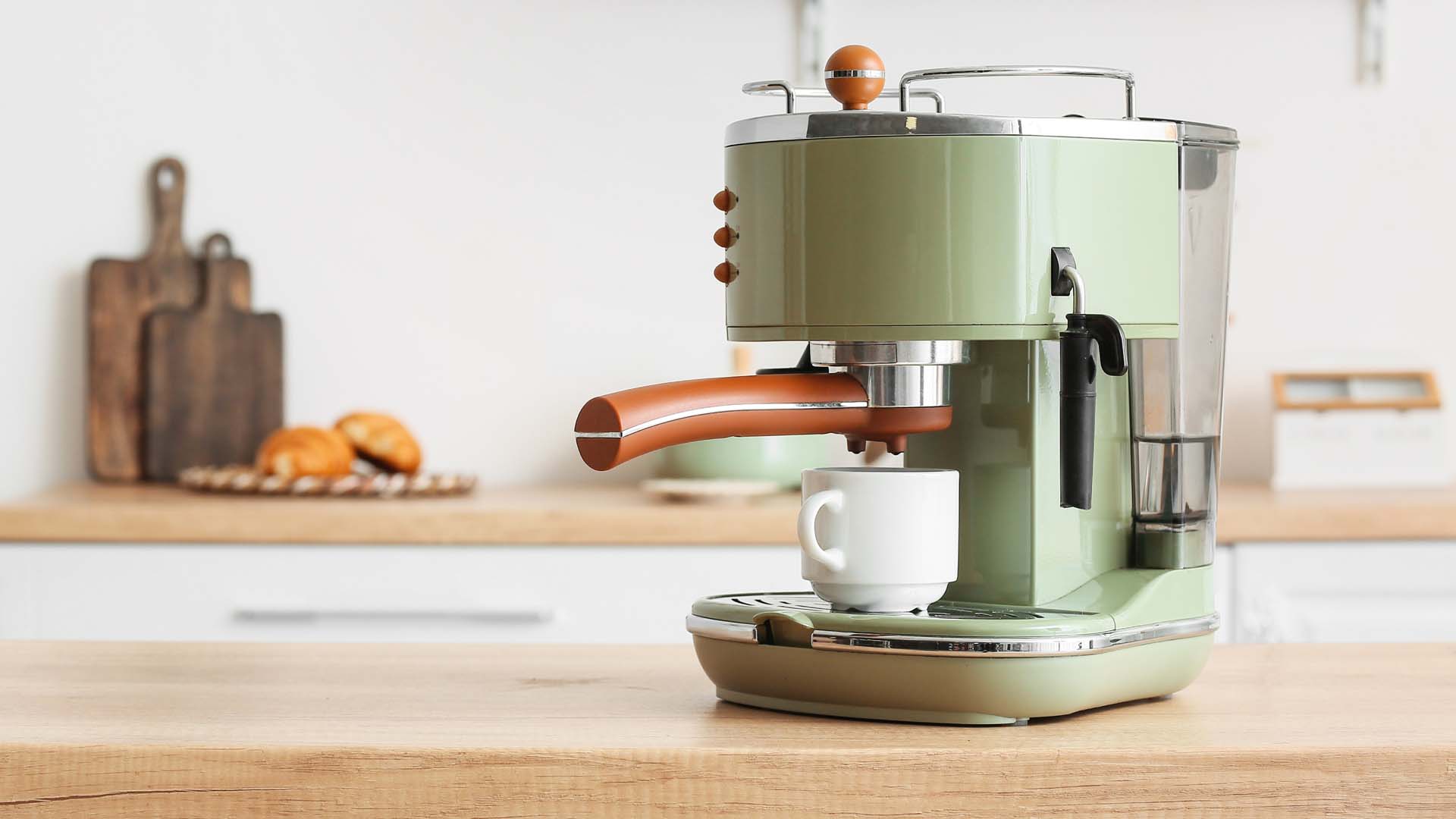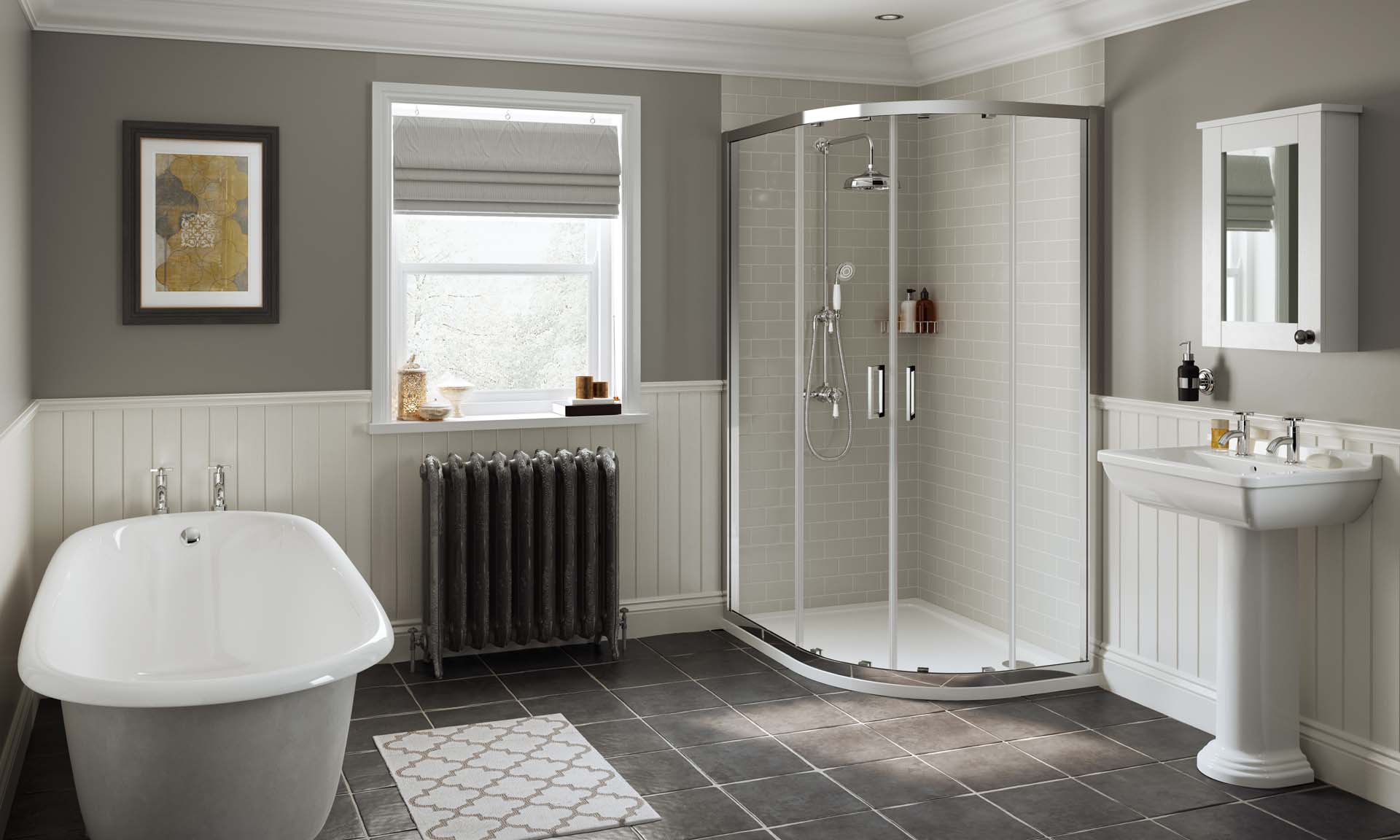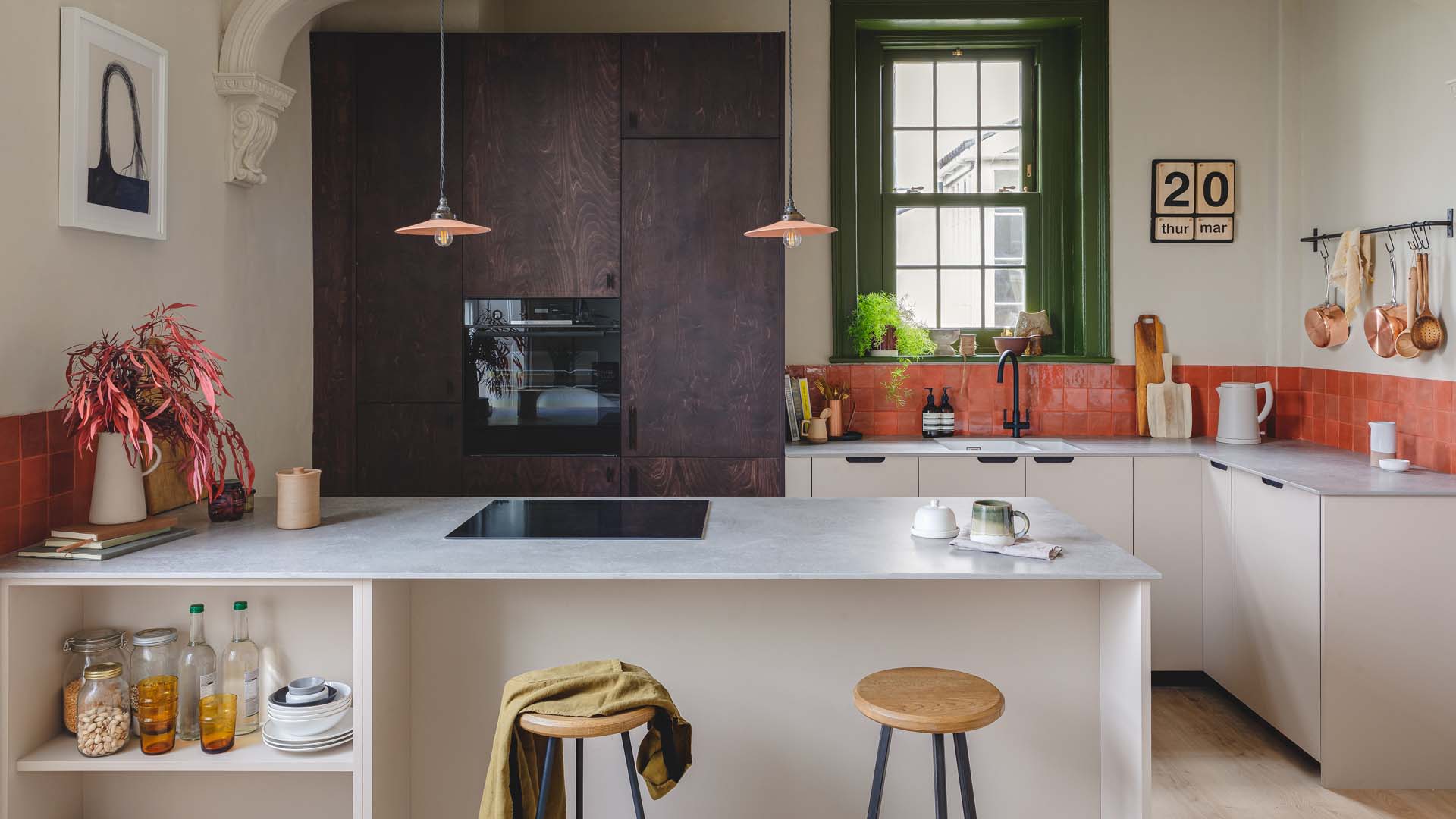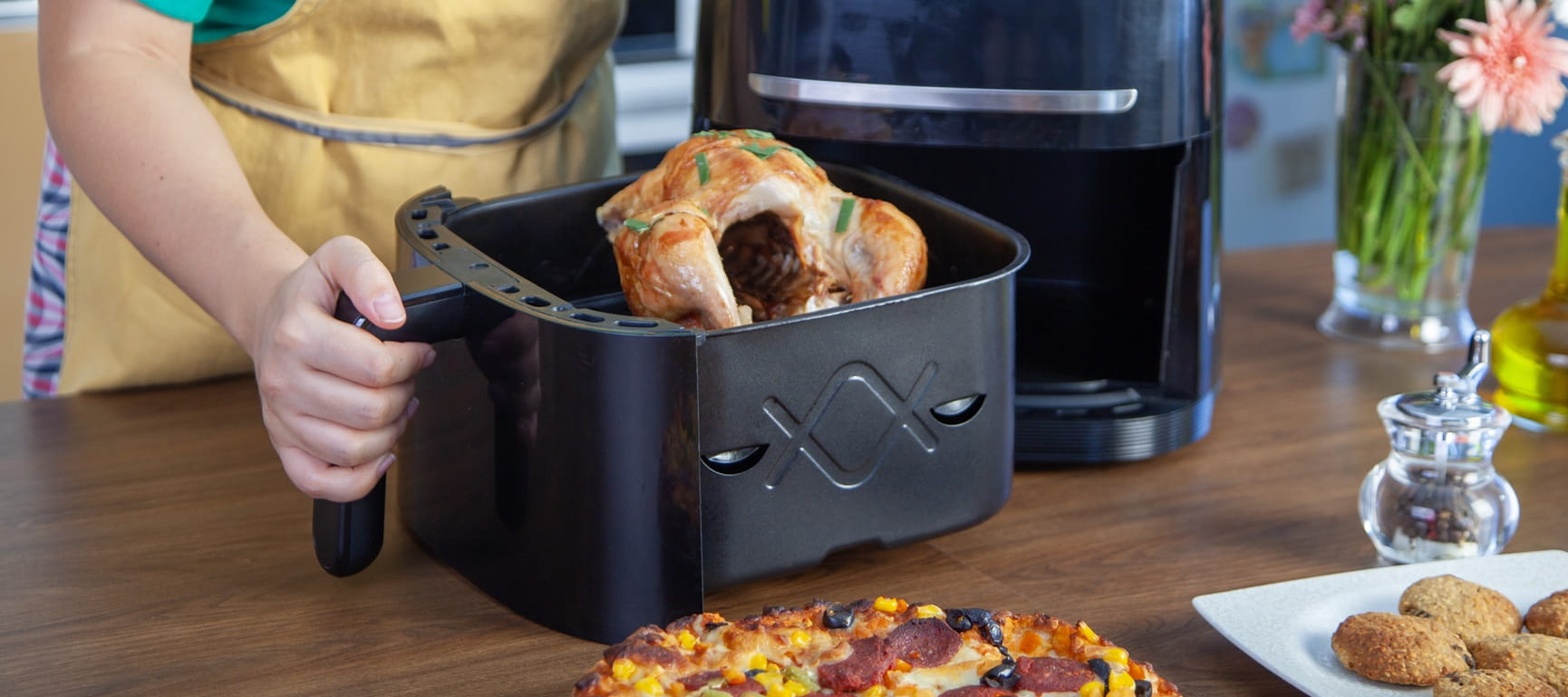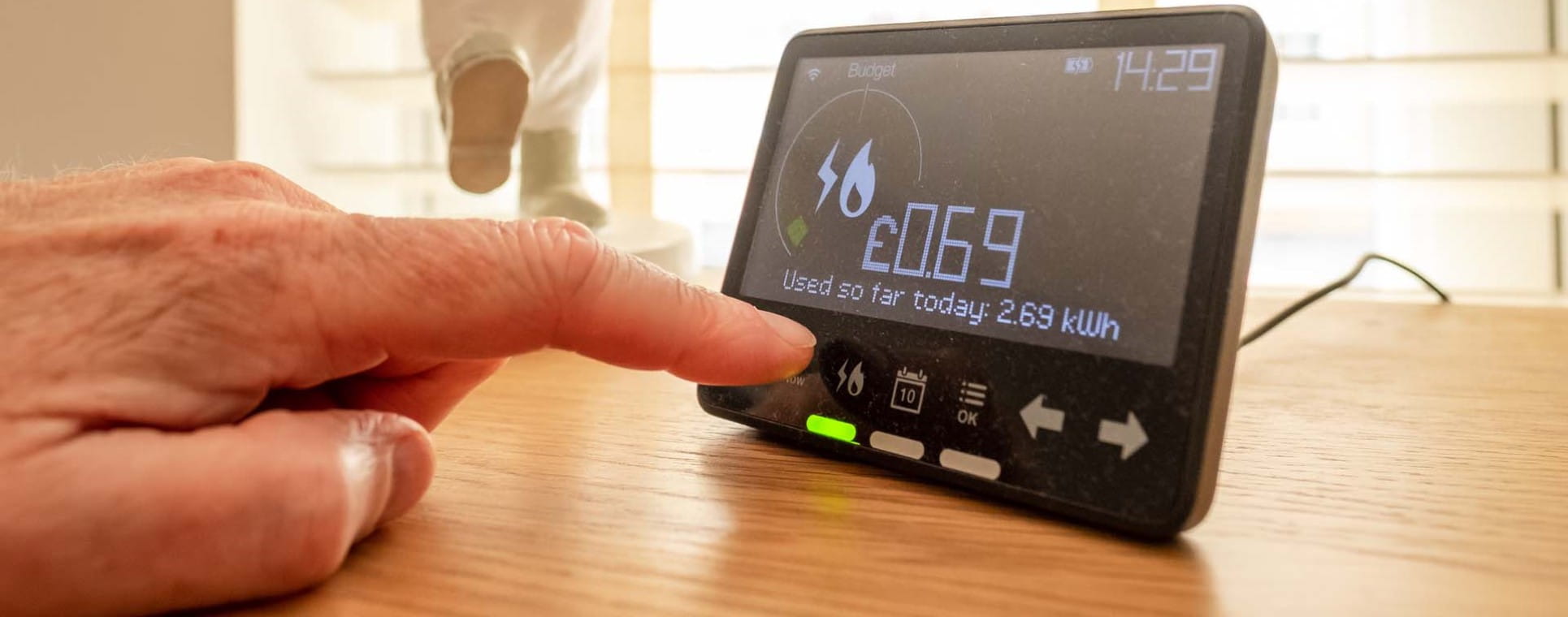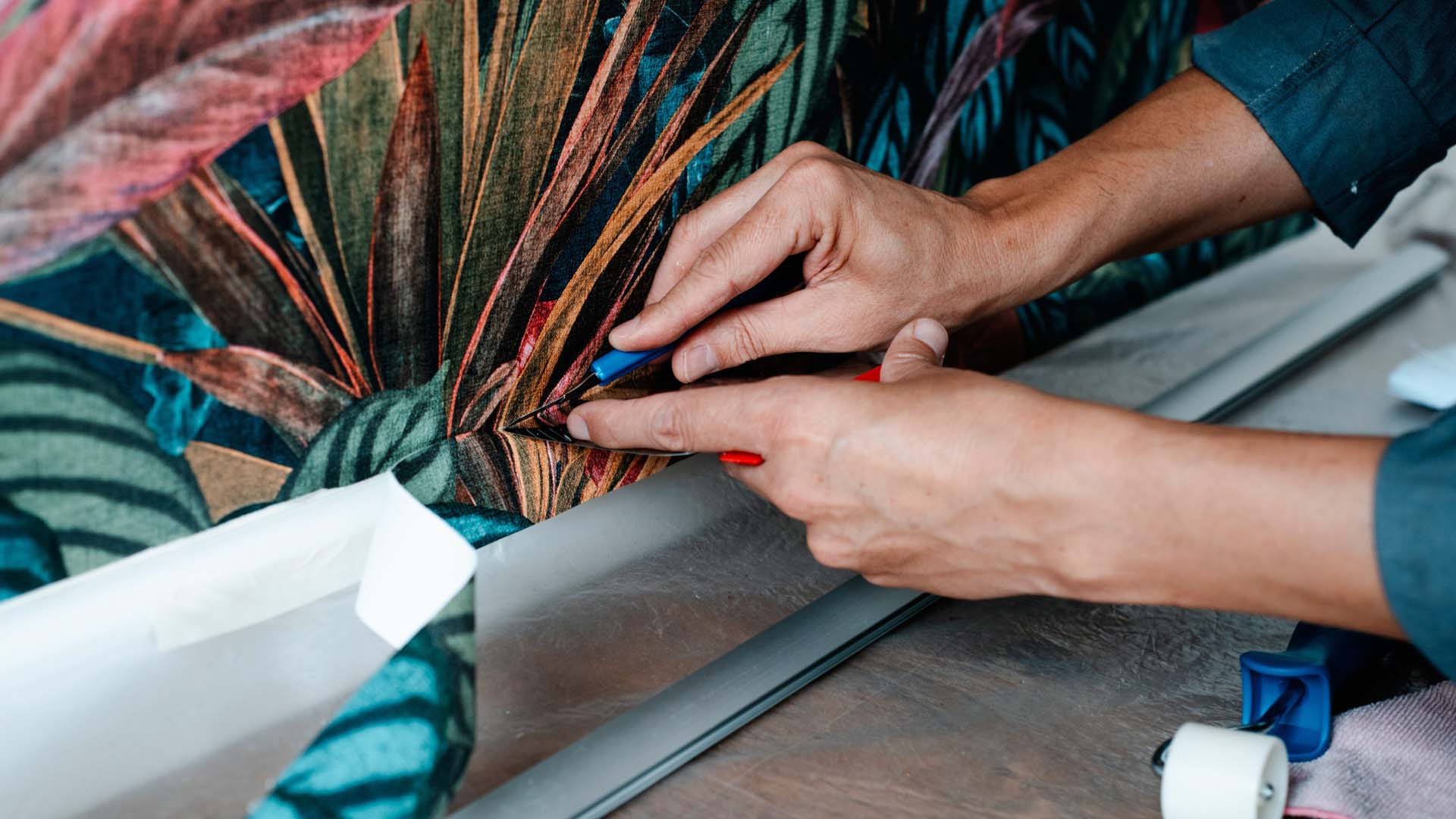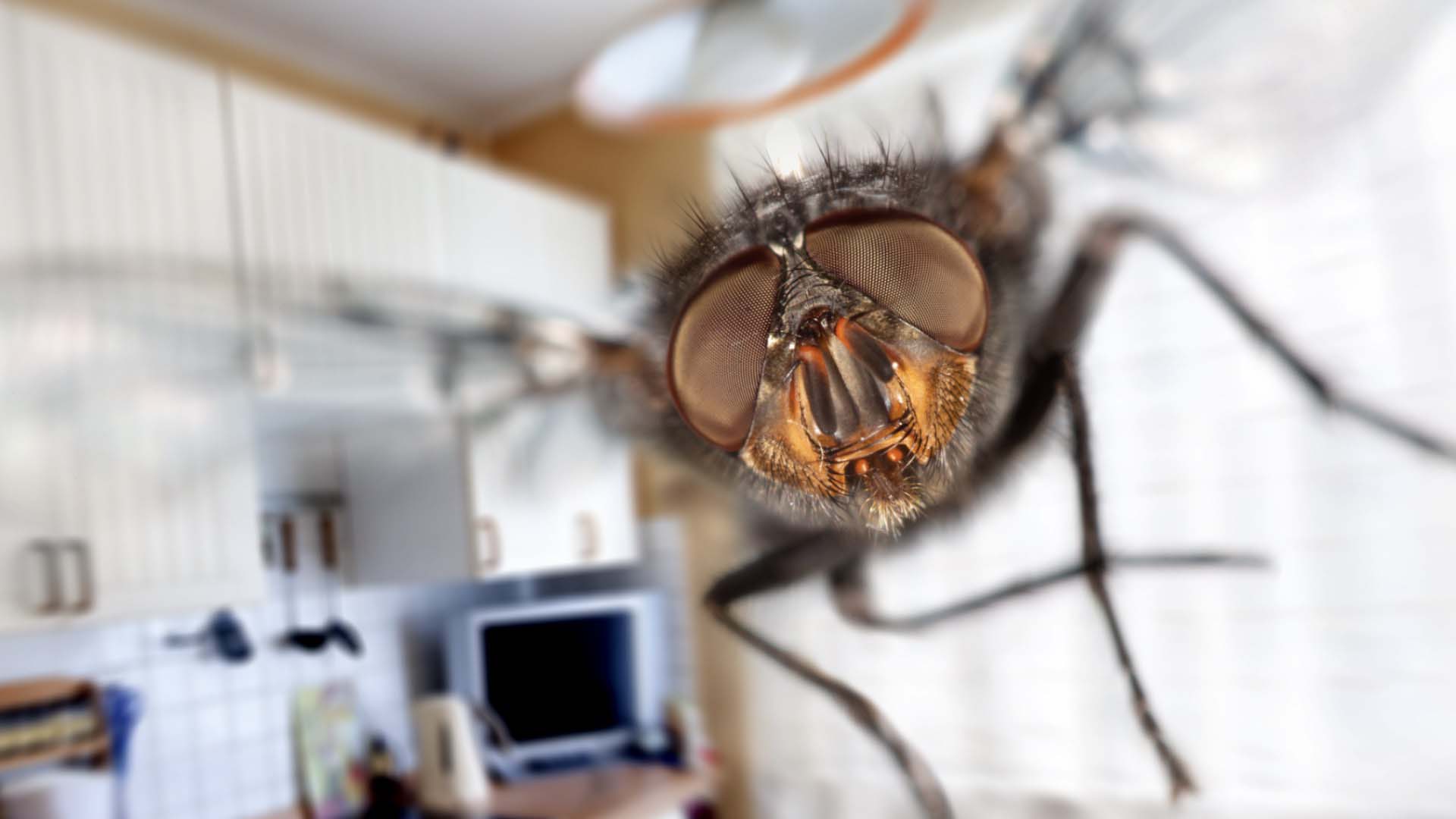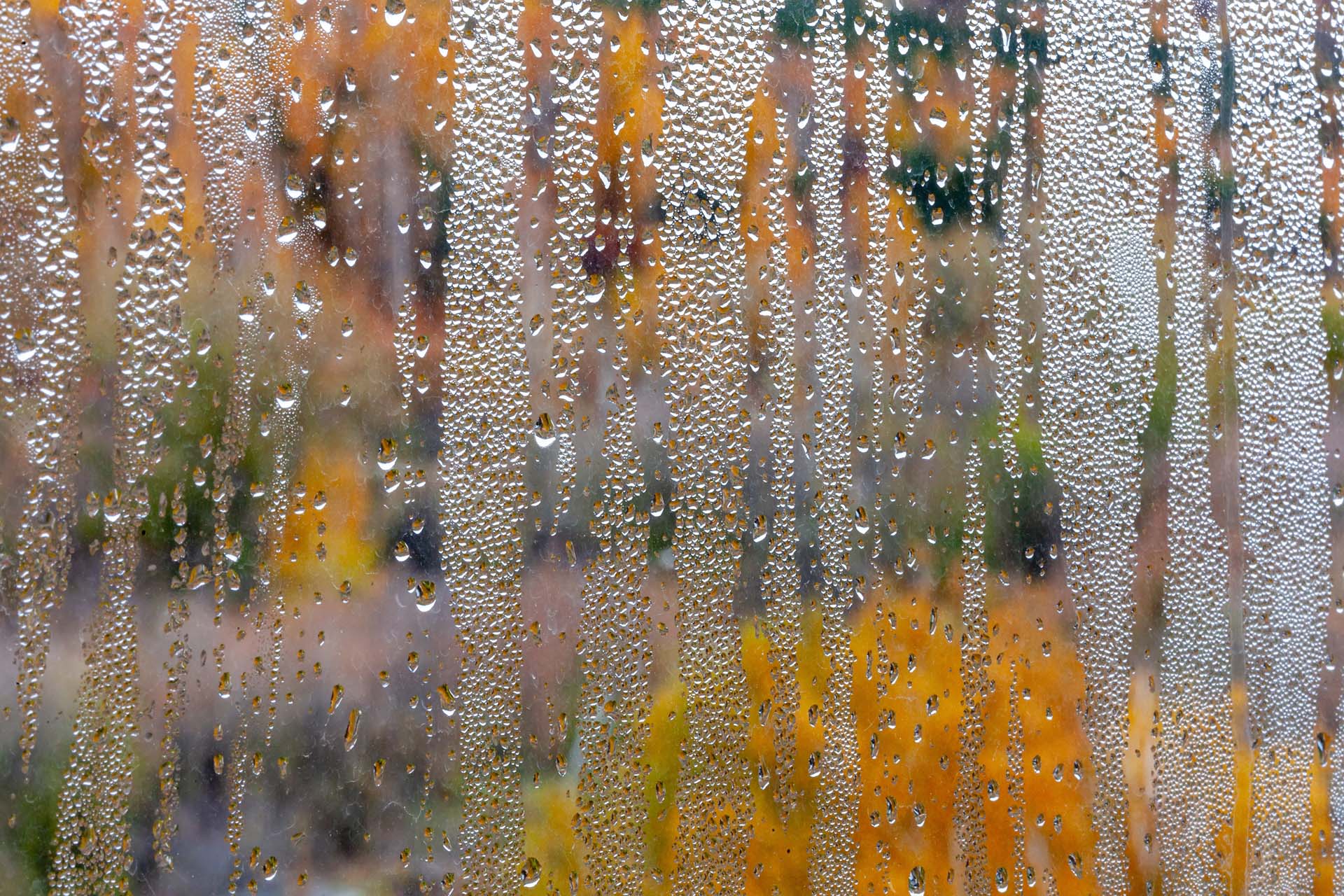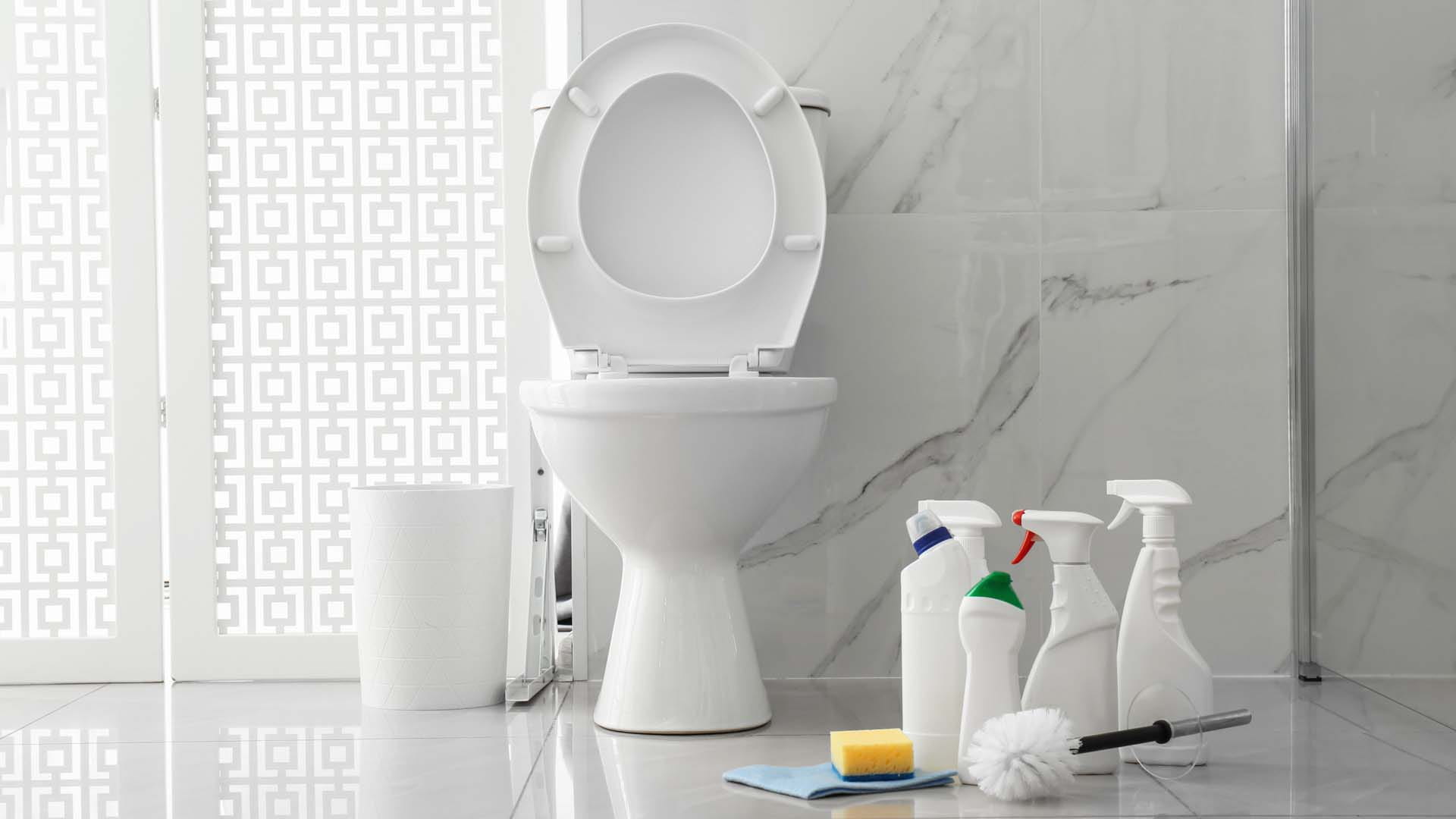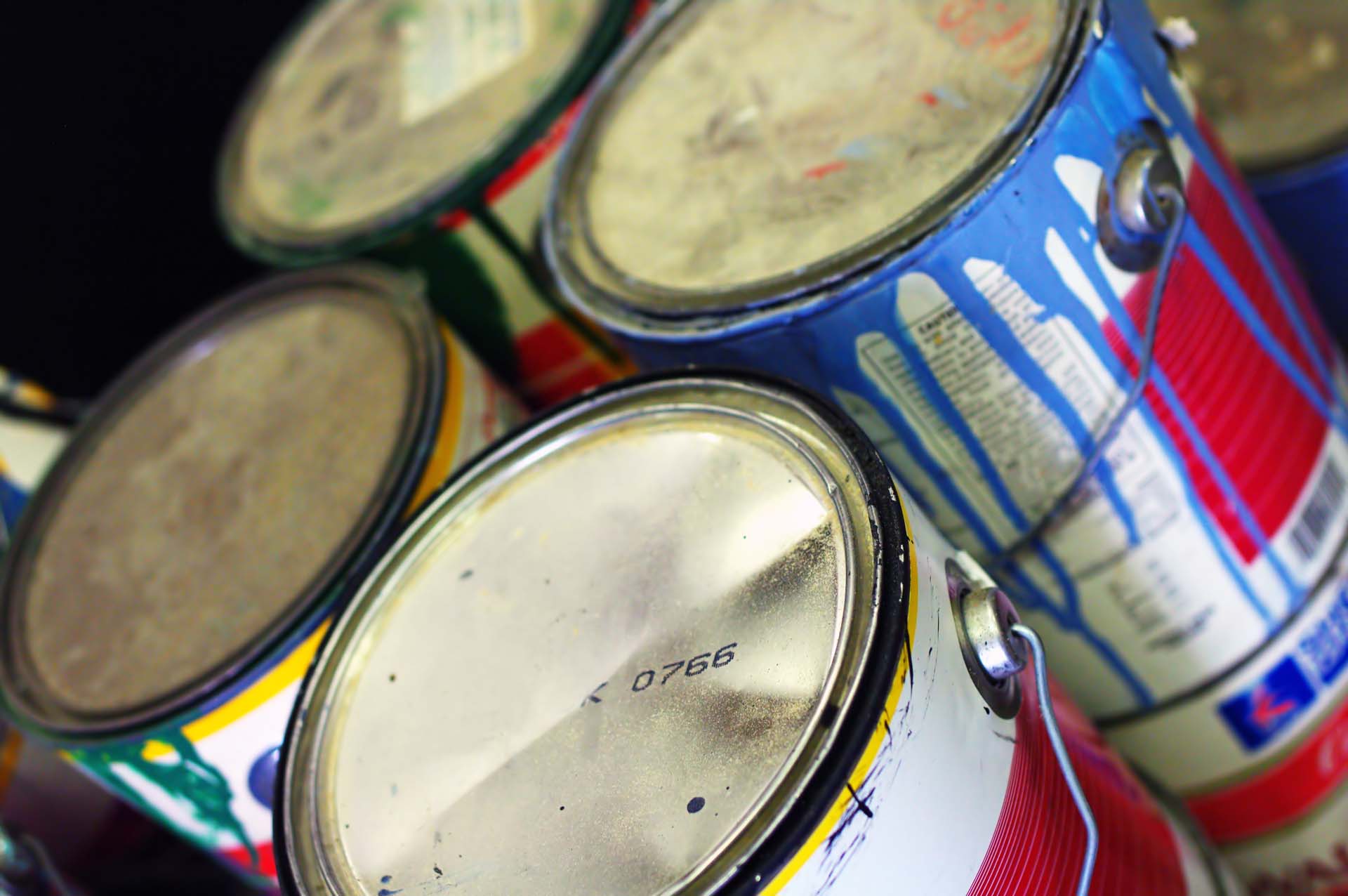Are toilet bombs the best new thing in cleaning? We tried the latest Sort Your Life Out hack
You’ve heard of bath bombs, but what about toilet bombs? We tried a Sort Your Life Out cleaning hack to see if it really worked.
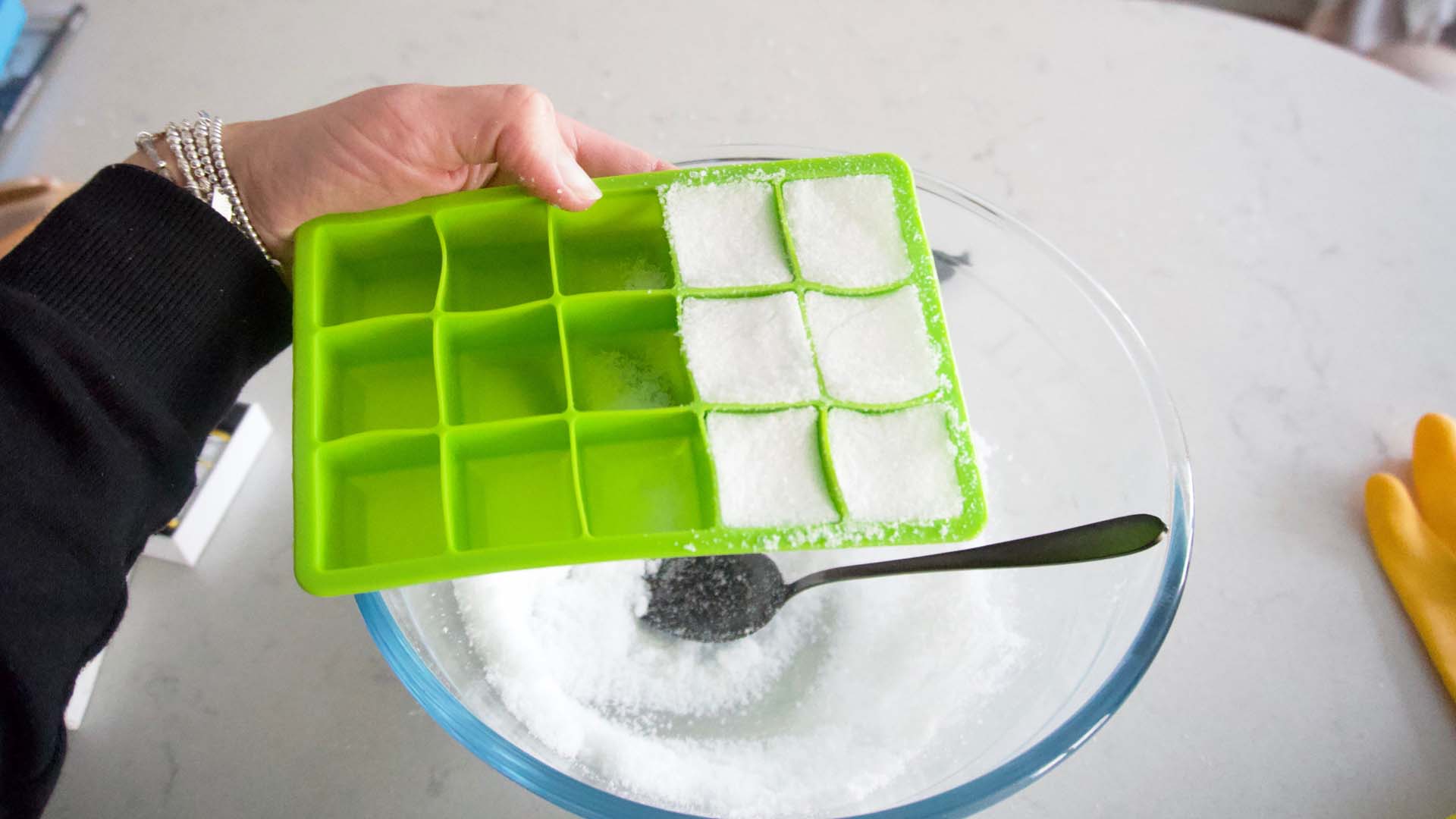
You’ve heard of bath bombs, but what about toilet bombs? We tried a Sort Your Life Out cleaning hack to see if it really worked.

Nothing quite beats the experience and aroma of a bath bomb. Fizzing merrily away while you soak in the tub, they’re a huge step away from the bottle of bubbly Matey I loved as a child.
And even though they’re nothing new in personal hygiene, when cleaning expert Iwan Carrington created homemade toilet bombs on a recent episode of Stacey Solomon’s Sort Your Life Out in Seven Days, it’s safe to say we were intrigued.
Keen to see for ourselves if they really worked, we decided to make and test our own. Here’s what we discovered.
It's an easy ingredient list

Despite what you’d assume, it’s your kitchen rather than bathroom cupboards that provide the ingredients. And our trusty friends bicarbonate of soda and citric acid are once again called up for duty. Having already tried Michelle Ogundehin’s citric acid cleaning hacks, there’s no doubting its effectiveness. And with bicarbonate of soda’s equally impressive cleaning performance, it seems there’s little this dynamic duo can’t fix.
Most toilet cleaners are laden with a myriad of chemicals, so we were delighted to see that these toilet bombs were far less dangerous than the name suggests.
In fact, they’re positively eco-friendly, with essential oils the only other ingredient required. When it comes to quantities, although the programme doesn’t detail exact measurements, Carrington appears to use the following:
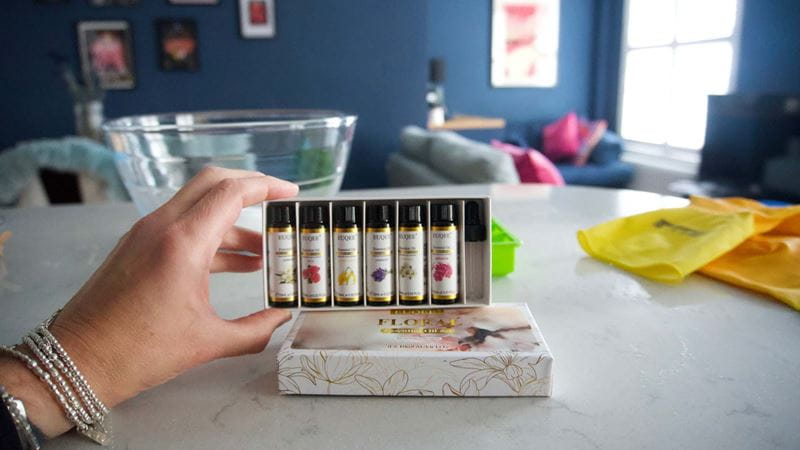
It’s just three easy steps and a dash of patience while you wait
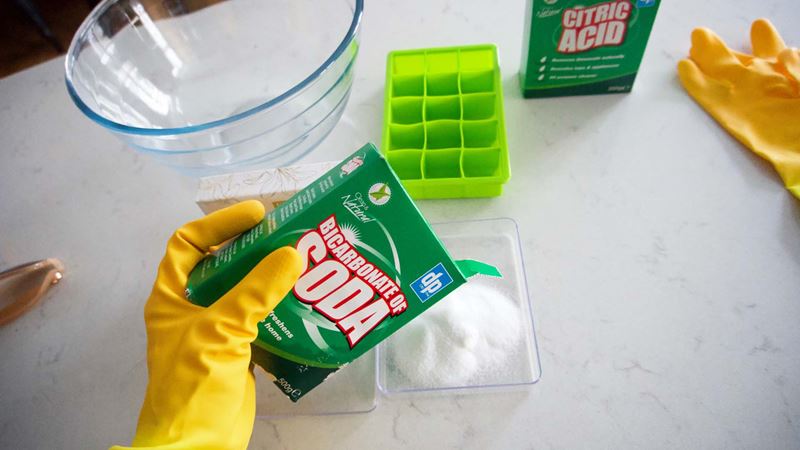
Remember the excitement of a Christmas chemistry set? A box full of magic that you could make go fizz, pop and bang? Me too, and it’s how I felt as I watched the programme to see how to make these magic bombs.
Of course, the fact that I have two sons also made Carrington’s promise of toilet bombs being “great for neutralising any naughty smells” extremely appealing. As the only female in the house, I’m eternally grateful for my compact en-suite.
Following Carrington’s instructions, I put the required quantities of bicarbonate of soda and citric acid into a bowl, added a generous dose of geranium and chamomile oils and mixed them together.
As this was a test, I used smaller quantities than those recommended, but kept to the same ratio.

He says you’ll know when you have the right amount as “it will start to clump like wet sand”, which is exactly what happened.
Once I felt I had the right consistency, I spooned them into a silicone ice-cube tray* and, as recommended, left them to harden at room temperature for a few hours.
*While a non-silicone ice-cube tray may work, a screen graphic recommends silicone as it’s more malleable and easier to pop out the cubes once they’ve set.
They did, but I don’t think I’ll switch career just yet
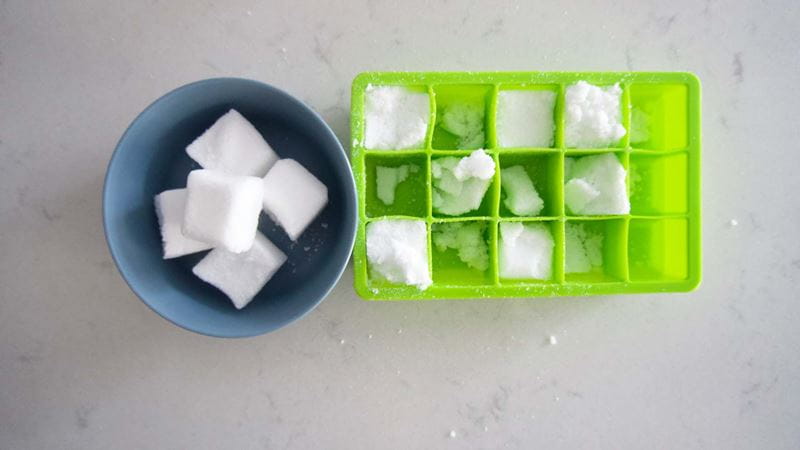
OK, so I appreciate that making toilet bombs isn’t groundbreaking, but when your skills lie more with textiles than test tubes, creating a cleaning product from scratch feels risky.
Sadly, while the bombs were indeed fizzy, they weren’t quite as fantastic as I’d hoped.
It’s easy to understand why a silicone tray is recommended for making them, as a few of the bombs popped out with one easy push. Using a harder plastic or metal tray may mean you need to tap or bang the tray to release them, and this could potentially crack them.
However, some of the cubes hadn’t formed as well as others and crumbled when I tried to remove them. I’m assuming I didn’t add enough oils to fully bind the mixture together. That said, the ones that had formed were solid enough to stack in a bowl.
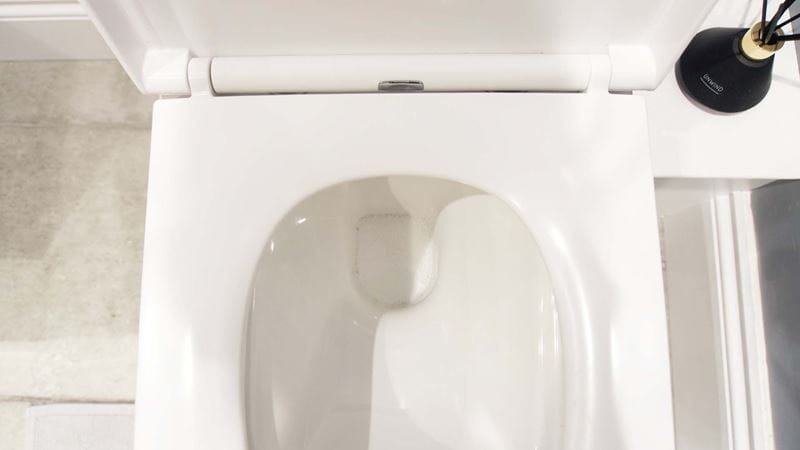
I popped one into both toilets and they immediately fizzed into action. I returned around 15 minutes later and they had mainly dissolved but had left the bathroom smelling fragrant. The toilet bowl was already clean, but having used citric acid in a toilet before, I’m sure that had there been any limescale, it would have dissolved.
After one flush, there was no real trace of the toilet bomb left, but then a bath bomb only offers a single use, so there’s no reason to assume toilet bombs are any different. If you think of them as a quick and easy eco-clean with the bonus of a fragrant boost, then you’ll be happy with the results.
Having made the toilet bombs and seen just how easy a process it is, I agree with Carrington’s statement that when made properly, they would be a great moving-in present for friends or family. If you popped them in a pretty glass or Kilner jar, added a label and included them in a hamper of moving-in goodies, they’d be a lovely, eco-friendly cleaning gift.
I’m definitely going to use the rest of my ingredients to make a larger batch, but will add more oils this time so that they bind together more effectively.
I’ll be popping a jar of them into each bathroom, but whether I can get the boys to use them is an entirely different matter. Nonetheless, I continue to live in hope that my cleaning habits are hereditary.
Want to watch the whole episode? You can catch up on BBC iPlayer.
Since first picking up a paintbrush and experiencing the joy of re-decorating her bedroom in a questionable red, white and grey scheme as a young teenager, Sarah Harley was hooked on the world of interior design. This obsession even led to a real life ‘Grand Designs’ project in 2005 when she donned a pink hard hat and appeared on TV screens, project managing the renovation and extension of a Grade II listed 17th century Folly in South Wales.
Throughout her career, Sarah has gained an array of experience in several different roles, ranging from copywriting, PR, events management and photography to interior design and home staging.
